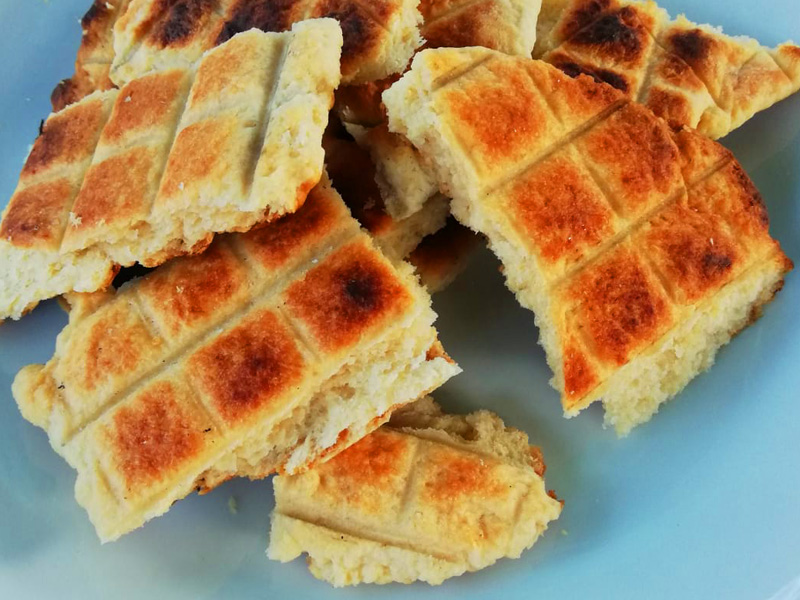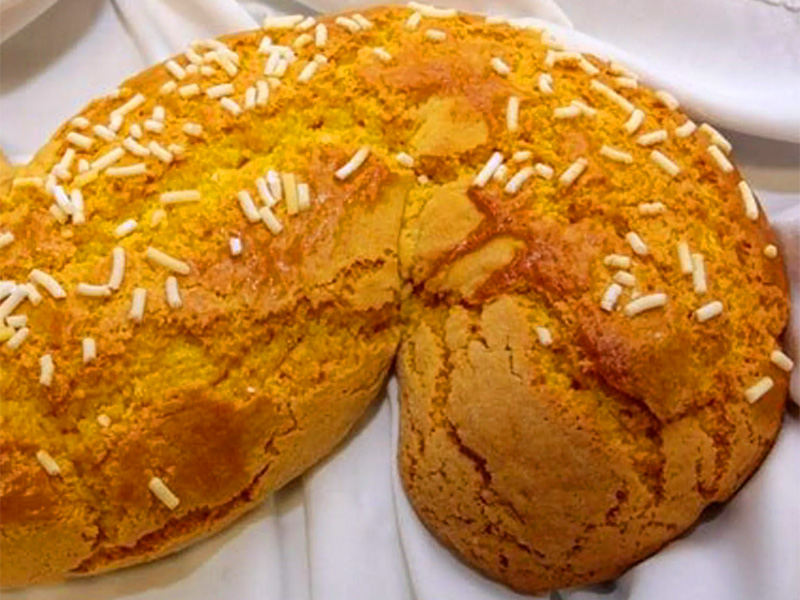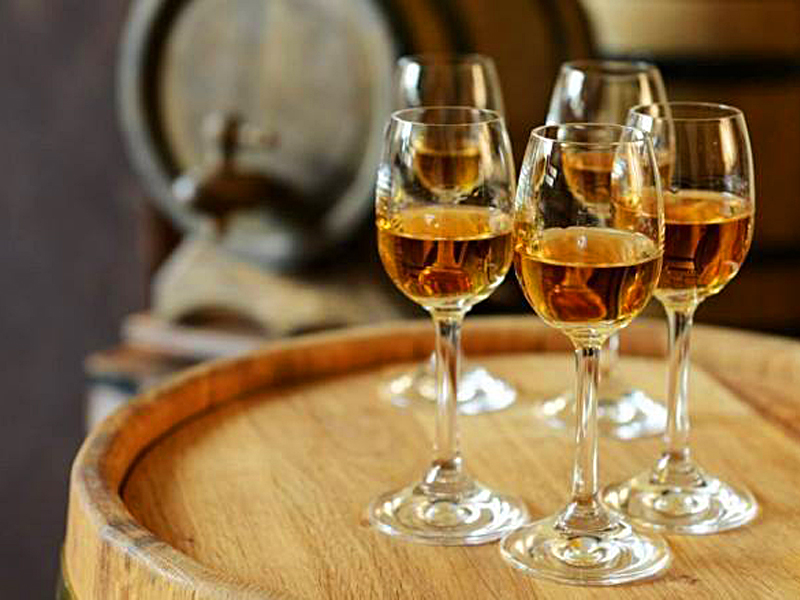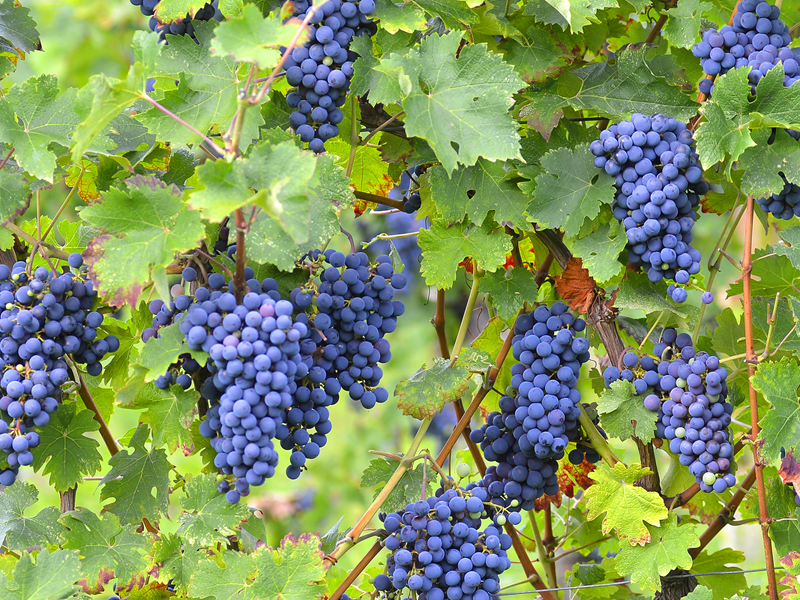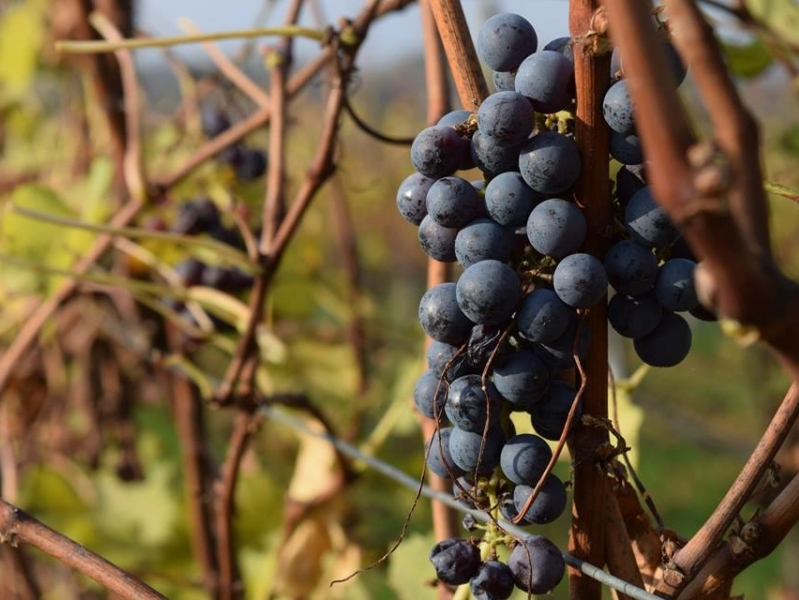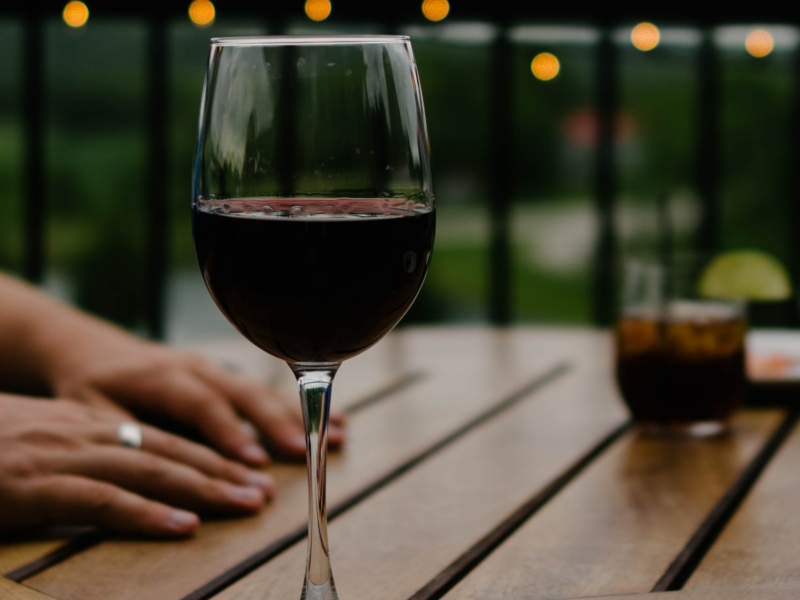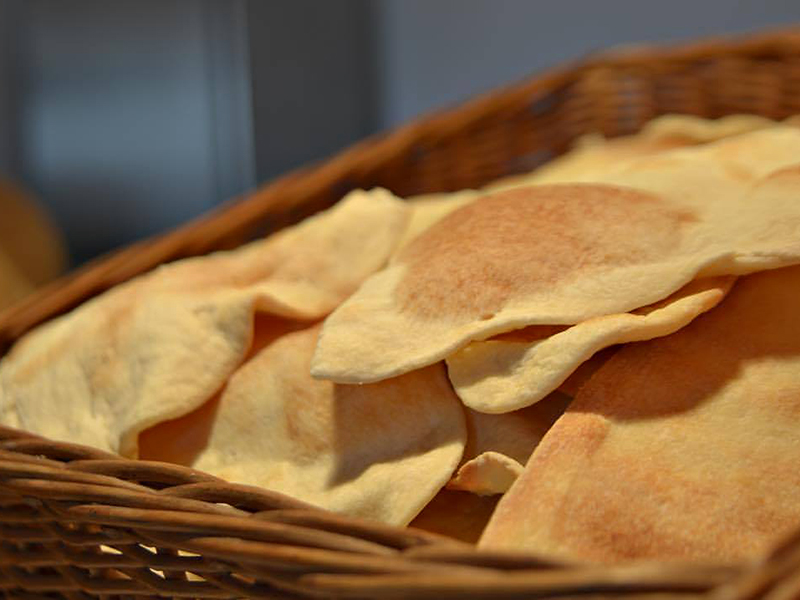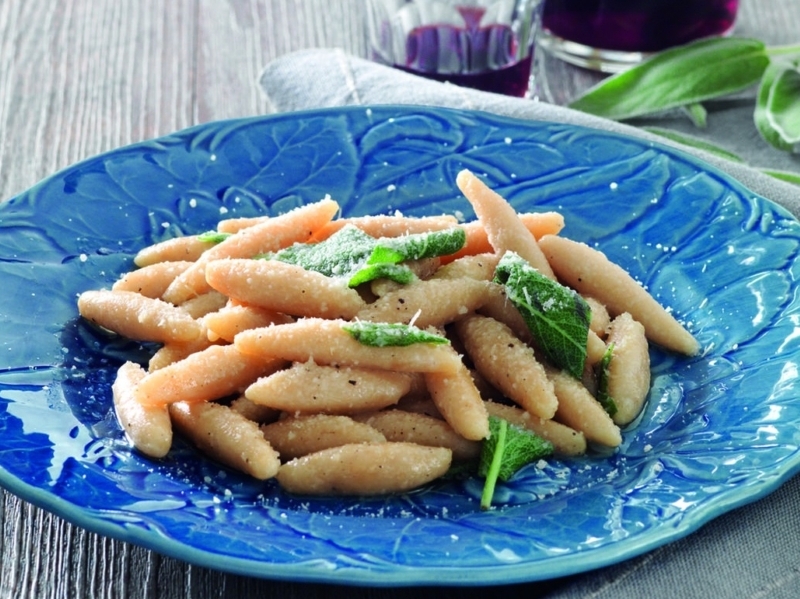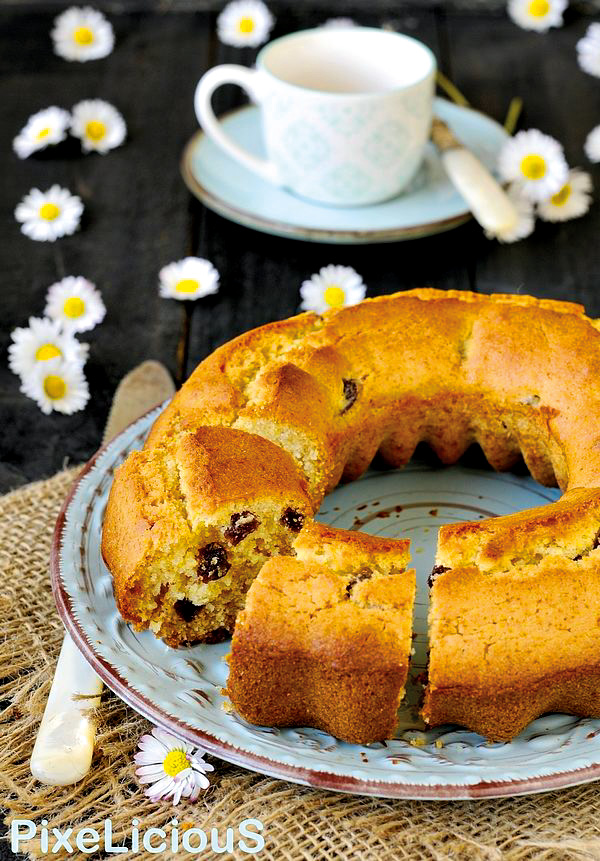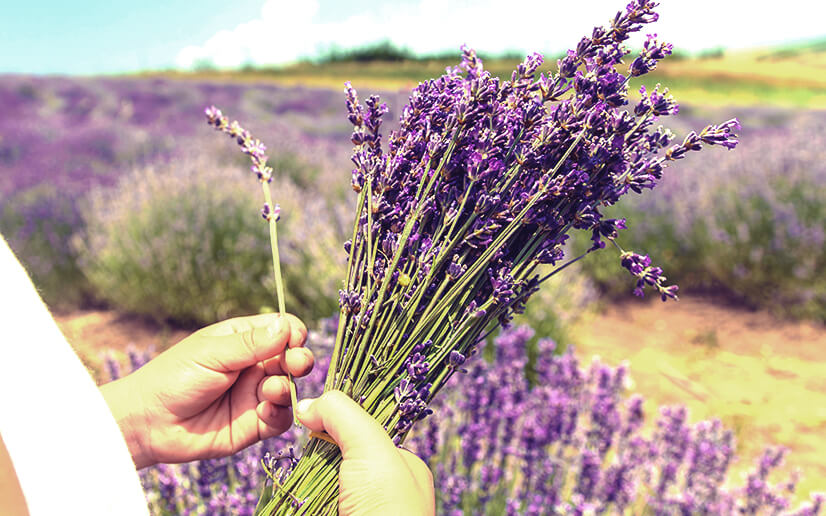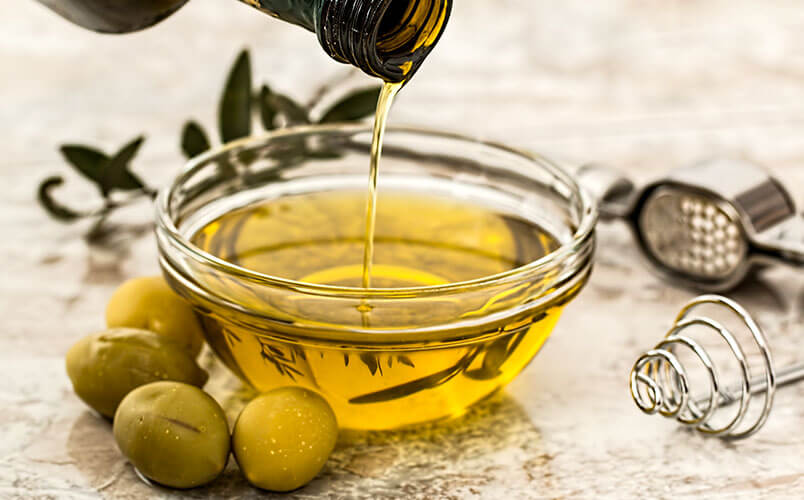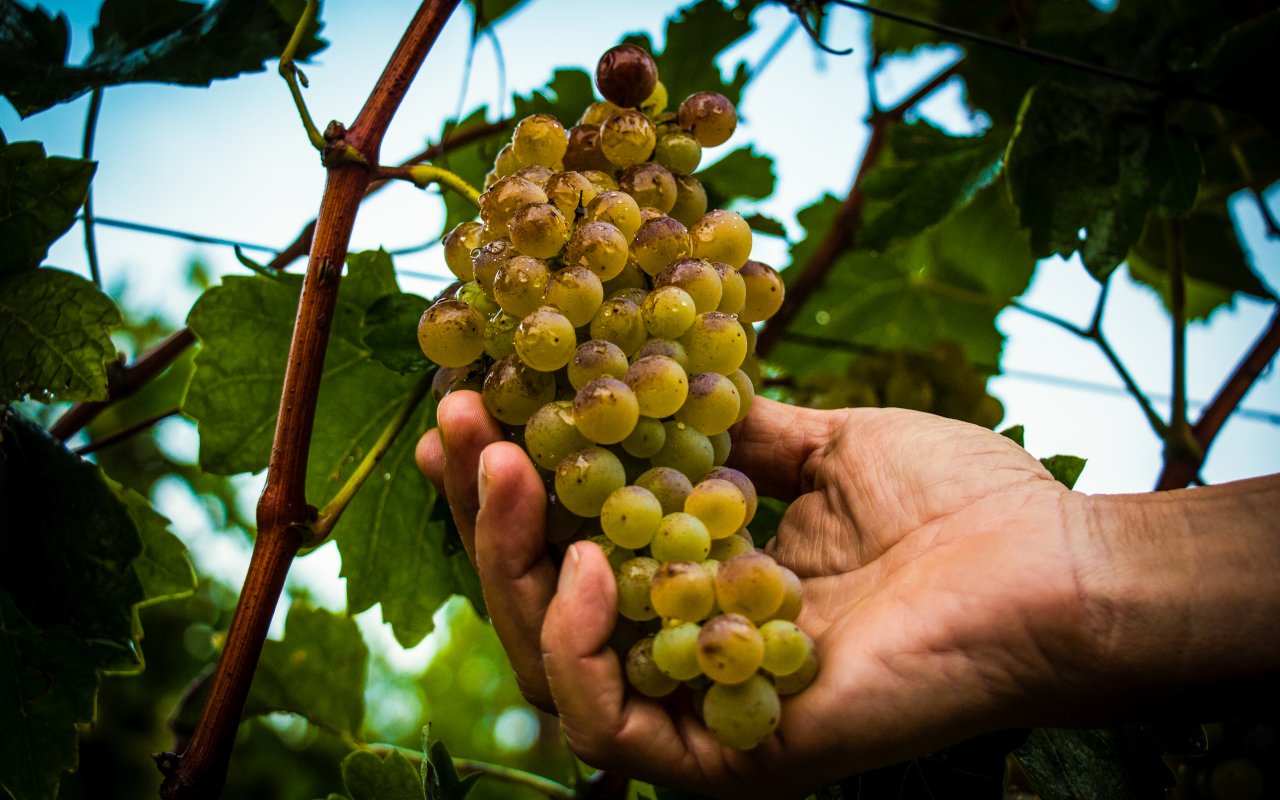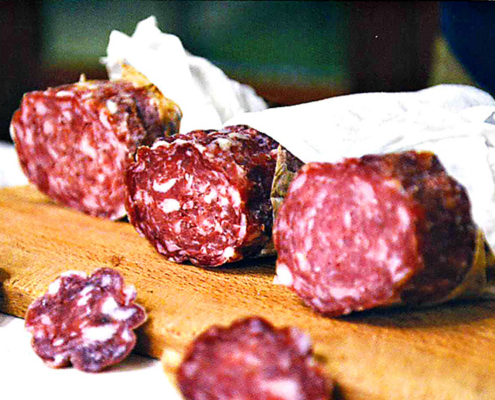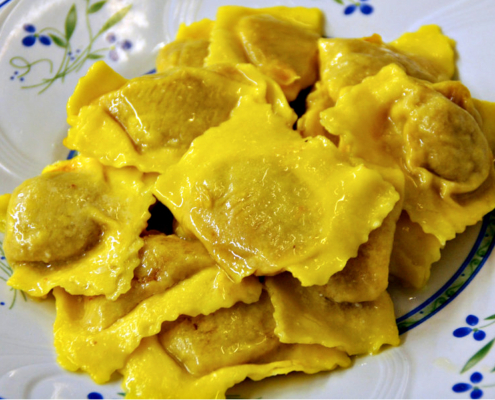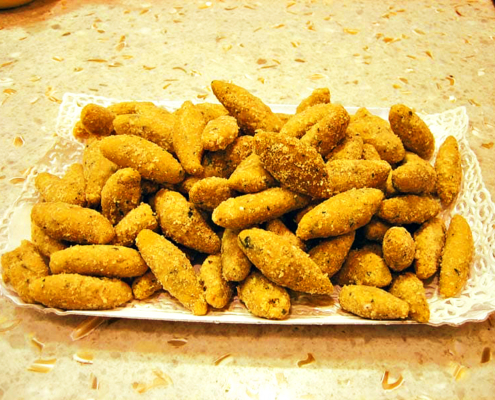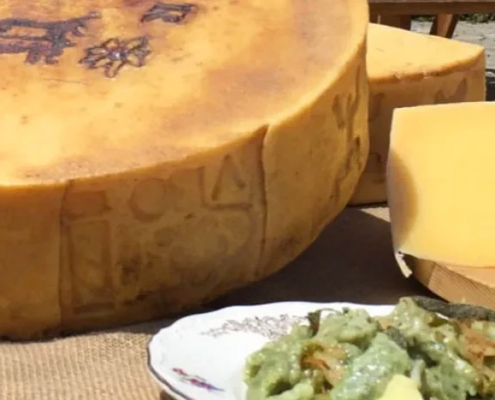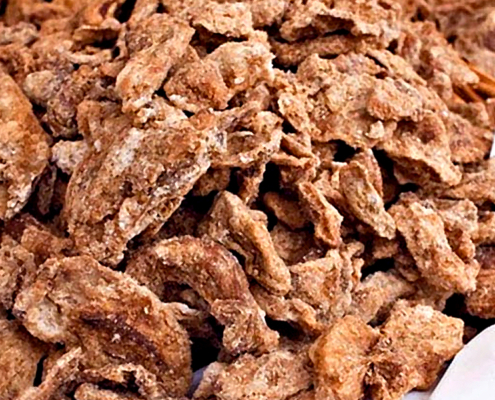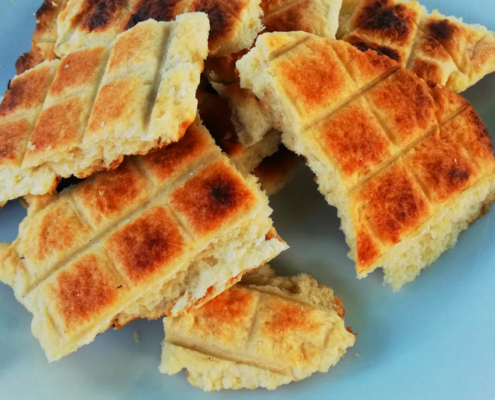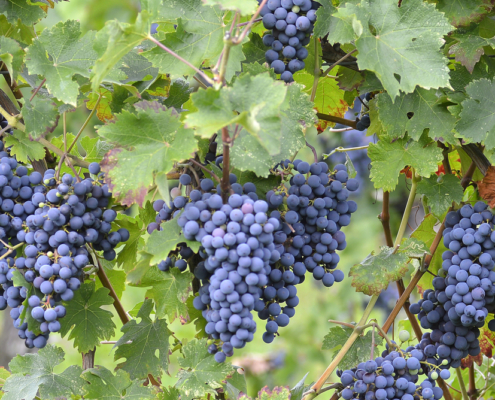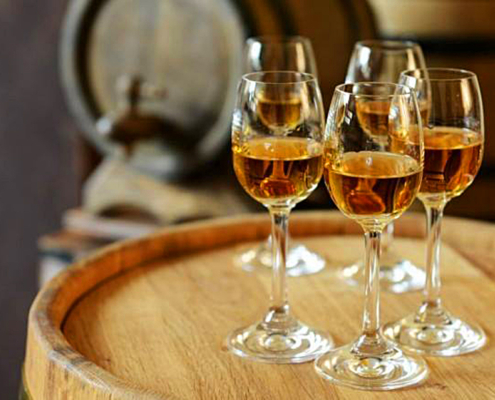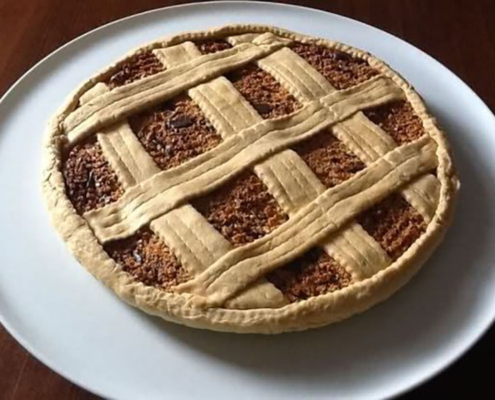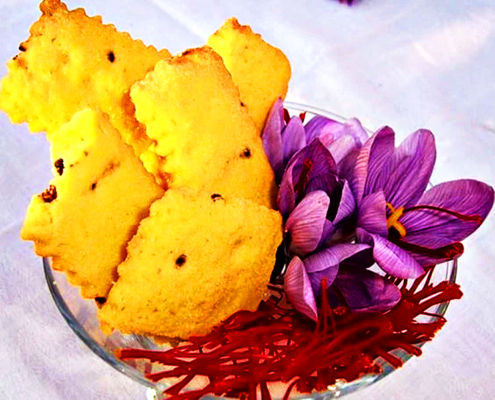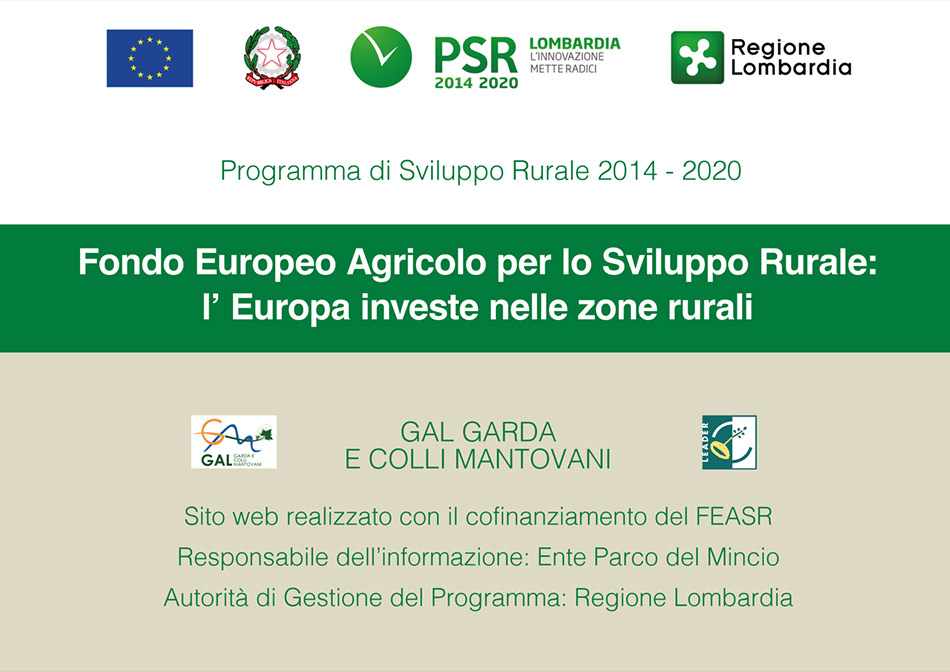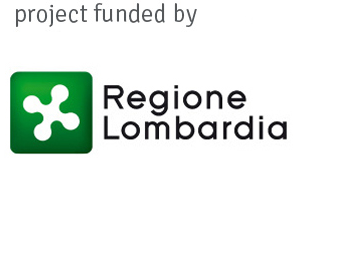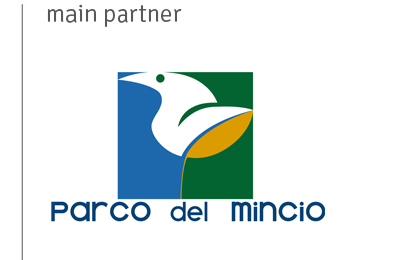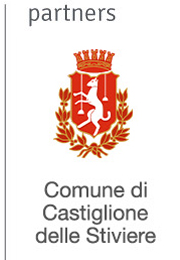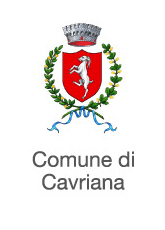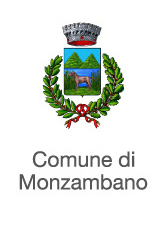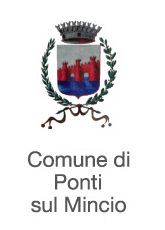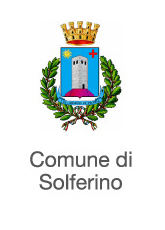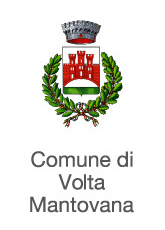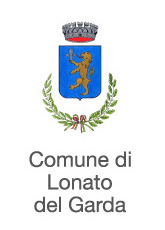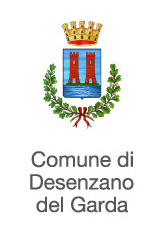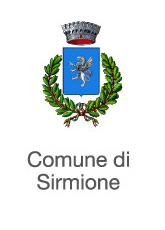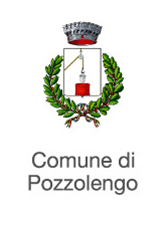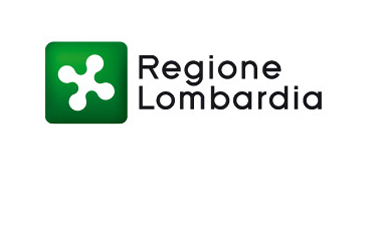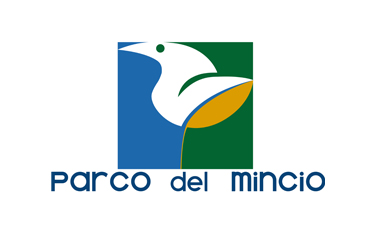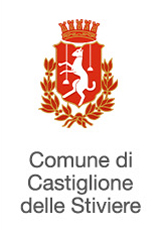![]()
Taste in the territory
In the Alto Mincio, home cooks and restaurant chefs never discard stale bread, a precious ingredient for one of the most popular dishes on the tables of the hills: capunsei. According to some sources, inherited from Tyrolean emigrants (there is a Borgo Tirolo just outside Volta Mantovana), they are reminiscent of canederli from afar. The old bread (strictly common, unseasoned bread) is mixed with Grana Padano, butter, meat broth, nutmeg, eggs, parsley and, if desired, garlic. Another symbolic delicacy of the hills has ancient origins: the San Biagio cake. To enjoy it you have to go up to Cavriana. The base of the cake is crumbly like a tart, while the almond filling is soft and delicious.
From the north to the south of the river they call tortellino agnolino: the filling varies from area to area, perhaps even from family to family. It is the first course of the holidays, of Christmas or New Year’s Day. Cooked in a mixed meat broth or in chicken or capon broth, the agnolini can also take the place of the starter, served in a bowl to which a generous sip of Lambrusco is added: it is the “sorbir d’agnoli”, in dialect “bevr’in vin”. To accompany many specialties, Alto Mincio offers a rich and varied wine list. Among the reds, the most common vines are Merlot and Cabernet, often blended into wines that recall the style from beyond the Alps and, not infrequently, aged in wood. Rosé winemaking is becoming increasingly popular for the production of claret (after all, Lake Garda, where this type reigns, is just a few kilometers away). As for the whites, the hills are dominated by chardonnay, pinot blanc and pinot grigio, in addition to sauvignon blanc and garganega. A production that has grown especially in recent years is that of brut sparkling wines, largely based on Chardonnay and Pinot Noir vinified in white. To conclude the meal, let yourself be tempted by a glass of passito wine, a product with a long history but only rediscovered in the last decade. Every end of April, Volta Mantovana also dedicates an annual national exhibition to dessert wines.
Pumpkin tortelli are common at banquets throughout the province of Mantua overlooking the Mincio. The filling recalls the gastronomic glories of the Renaissance: pumpkin (the one grown in the Mantua plain has a globular shape and flattened at the poles, with the skin ranging from green to grey), crumbled amaretti biscuits, apple mustard, grana padano, the ingredients that are never missing. Vary the seasoning: sausage, melted butter and sage, or fresh tomato sauce. We recommend trying them in all versions, to appreciate the different nuances of taste.
In the Mantuan part of the morainic hills of Garda, the “risot menà” is widespread, the actual risotto, with sausage but soft and creamed. The recipe includes Vialone Nano rice to which Mantuan salamelle are added, small unseasoned pork sausages (also excellent grilled), or pesto (or pistum), the same meat as the salamelle but without the casing that envelops them, Grana Padano and some butter.
Another dish that is very popular here is pike in sauce, boiled and stripped pike seasoned with capers, anchovies and peppers, served with fresh, soft polenta or toasted. With the polenta it is also worth tasting the catfish, usually fried, or enjoying the products made from the prince of Mantua gastronomy, the pig. Starting from the “gras pistà”, pork lard minced with a knife flavored with garlic, continuing with the Mantuan salami (characterised by a “mixture” of garlic and red wine) and the cotechino. Walking around the villages along the river, it’s worth letting yourself be tempted by the bakeries. Worth trying is the Schiacciata, a soft focaccia that tradition wants to be prepared with lard, the Schiacciatina, and the different types of bread (among the oldest is the Mantuan baule).
The ovens are the kingdom of some of the most loved desserts in these parts. The sbrisolona, a hard cake made by combining white and corn flour, almonds, butter, sugar and lard, is the most widespread. Equally dry is the tagliatelle cake. For those who prefer something softer, there is bisulàn. The most refined palates will be able to find local specialties at their height in the pastry shop. Among many, the Helvetian cake, the legacy of a family of Swiss pastry chefs who arrived in Mantua at the end of the 1700s. Instead, it was a Jewish pastry chef from Thessaloniki who introduced the Greek cake to the city.
Good to know


